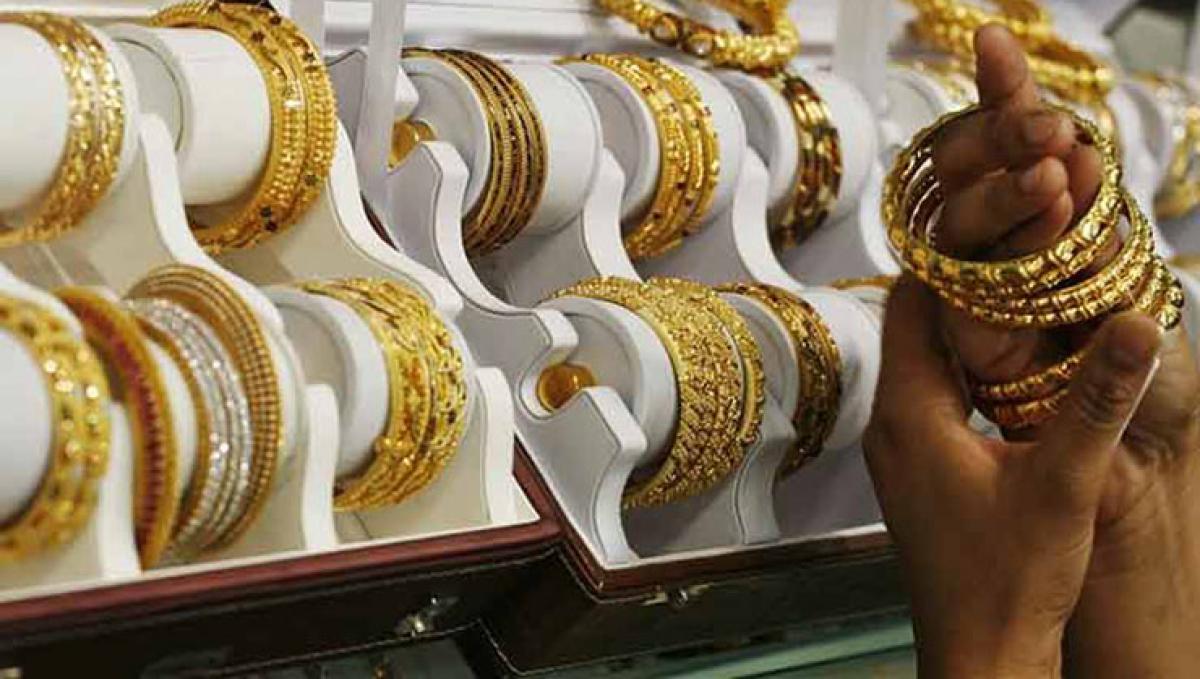Gold rush implications

The World Gold Council predicts a significant rise in gold buying in India in the second-half of the current year due to demand induced by lower prices. India is already the world’s second biggest gold consumer. India is expected to consume 900 tonnes of gold in 2015.
India’s gold imports reached all-time high levels of $56.5 billion and $53.8 billion respectively during 2011-12 and 2012-13, which led to higher trade deficit of $ 183.4 billion and $ 190.3 billion in 2011-12 and 2012-13 respectively
.jpg)
The World Gold Council predicts a significant rise in gold buying in India in the second-half of the current year due to demand induced by lower prices. India is already the world’s second biggest gold consumer. India is expected to consume 900 tonnes of gold in 2015. The gold prices in India fell to their lowest level in four years in July this year, making it an attractive buying proposition. The higher gold purchases will have significant macroeconomic implications, though.
Higher domestic purchases mean more gold imports. Except the time when incremental gold consumption was met marginally by Kolar Gold mines, the country has been almost wholly dependent on imports to meet the growing domestic demand. Higher gold purchases thus would be a major drain on foreign exchange reserves, widening the trade and current account deficits.
India’s gold imports reached all-time high levels of $56.5 billion and $53.8 billion respectively during 2011-12 and 2012-13, which led to higher trade deficit of $ 183.4 billion and $ 190.3 billion in 2011-12 and 2012-13 respectively. It may be recalled that gold imports stood at only $3.8 billion in 2002-03.
Domestic savings and domestic investment helped India largely insulate itself from the devastating effect of global recession. But, higher gold consumption will gobble up a greater portion of domestic household savings which constitute a major chunk of overall domestic savings. This would mean channelisation of lesser domestic savings as investment into India’s productive economy.
Economists interpret obsession with gold as detrimental to development, though it is a valuable possession for a private individual.It’s, therefore, a classic example of divergence between private gain and social benefit. Estimates suggest that gold imports accounted for 30 per cent of India’s trade deficit and around three quarters of its current account deficit during the high demand period. Experience suggests that any curbs on gold imports would increase smuggling rather than discourage consumption.
Gold is a highly liquid asset. Proliferation of gold loans by financial institutions increased its liquidity further. It’s considered as a hedge against inflation. It has religious and cultural value, too. The yellow metal is seen as an adornment, personal display and symbol of status. Of late, Indians started viewing gold as a good investment, too.
The lower gold consumption can only be possible by ensuring better returns on assured schemes like small savings. The policy dispensation of diverting people’s savings into speculative investment should be done away with. Better avenues of savings would also mean increased resources for productive sectors. The crisis induced by possible rise in gold demand should be used as an opportunity to have a fresh look at our policy towards domestic savings, especially household savings.
Such a policy should aim at bringing about convergence between private benefit and social gain. India cannot be complacent over its balance of payments position looking at its present kitty of foreign exchange reserves. The short term debt commitments, insatiable imports, sluggish global demand restricting our exports etc., have a potential to accentuate India’s external vulnerability. This calls for a pragmatic policy on gold.







